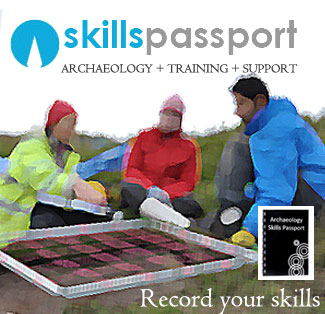Knowing which tool to to use and how to use it is one of the basics of archaeological fieldwork excavation.
Using larger tools such as Spades, Mattocks, Shovels or Wheelbarrows must be carried out appropriately. These tools risk damage to both you and the archaeology unless you are fully proficient.
You must understand the appropriate use and function of each tool, the circumstances of use, the benefits and potential issues in using the tool. The correct cleaning, maintenance and storage should also be understood.
PRINCIPLE: Understand the correct and safe use of larger tools as well as appropriate loading for buckets and wheelbarrows.
- Novice – understands the purpose, but needs more practice in both usage and application.
- Competent – Is able to use tool correctly however, may need some supervision.
- Proficient – can confidently use the tool without prompting and maintains the item with appropriate safety and maintenance procedures.
Professional tips:
SPADE: Make sure your foot is firmly on the spade if deturfing or cutting down. Not at the front or heel as this will slip off and hurt you but not in the middle either as the sole of your boot is thinner there. Put your foot just forward of the middle.
SHOVEL: A shovel should not be used to throw soil behind you, as this will damage your back. Bend at the knees and throw forward.
DRAG HOE: Good for sand and softer soils, this is best used in a line of other people, all moving back in the same direction. Once you have a pile of “loose” clear it away, as you don’t want to obscure the layers. Care should be taken when laying the hoe down in the trench, as it will not be funny if someone stands on the head.
MATTOCK: Swing the mattock down toward the work, allowing the right hand to slide back along the handle toward the left hand so that at the finish of the swing, the hands are close together – you should never have to raise it higher than your waist, let the mattock do the work! When storing, the mattock should be placed on its head against a wall or hung on a rack for storage.
PICK AXE: The pick axe is the tool of last resort and should be used only for the hardest of layers. (In fact if it requires a pick axe, then ask if you should be digging this manually) . Make sure nobody is near you, and you wear goggles to protect your eyes from stone chips. You should be aware just how dangerous this tool is.
WHEELBARROW: Keep the wheelbarrow tyre pressure up, a soft tyre makes it harder to push. Put soil into the wheelbarrow with the main loading towards the front, as this will make it easier to move – weighted at the back will make it harder to lift.


